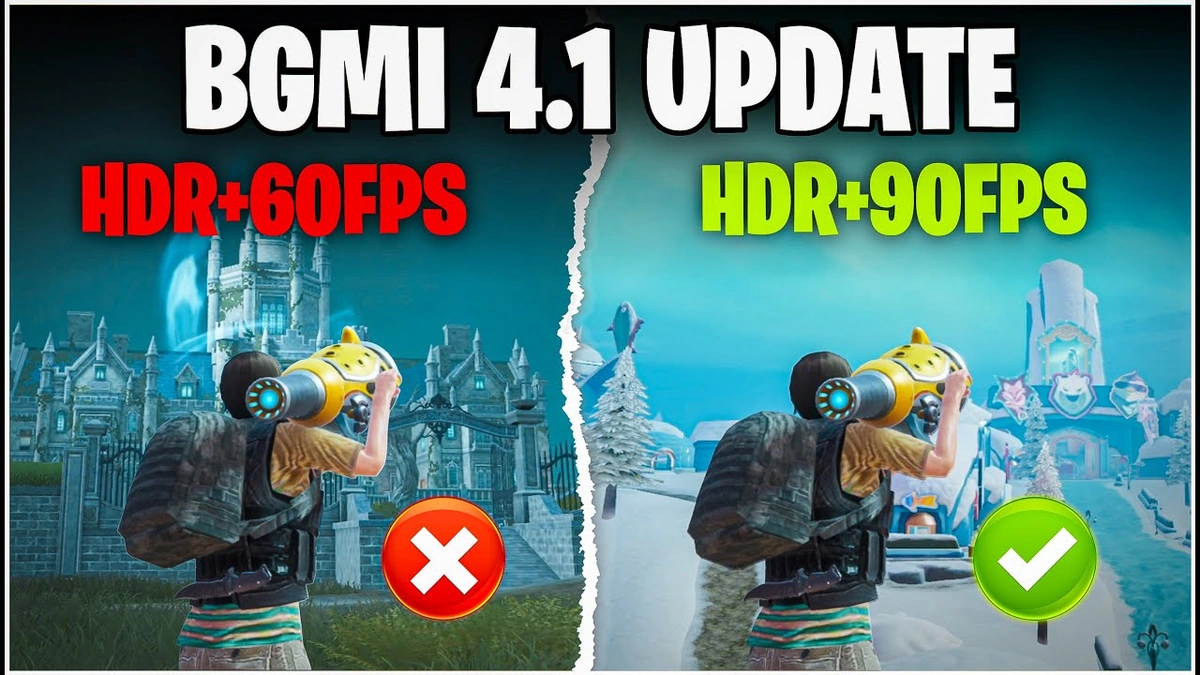Let’s be honest, we’ve all seen the headlines: Delhi air quality is bad, really bad. But that’s just scratching the surface, isn’t it? What I want to know is why? Why does this happen every year? And more importantly, what can we, as regular folks in Delhi and beyond, actually do about it? This isn’t just about smog; it’s about our health, our kids’ futures, and the very air we breathe.
The Annual Delhi Smog Cycle: A Perfect Storm
Here’s the thing: Delhi’s air pollution isn’t some random occurrence. It’s a complex issue, a confluence of factors that repeat like clockwork every winter. I initially thought it was just about vehicle emissions, but it’s way more than that. It’s a perfect storm of:
- Geography: Delhi is landlocked, surrounded by plains. This means pollutants get trapped easily, especially when the weather is calm.
- Agriculture: Stubble burning in neighboring states like Haryana and Punjab is a major contributor. Farmers burn crop residue to quickly clear fields for the next planting season.
- Weather: Winter brings cooler temperatures and slower winds, which trap pollutants closer to the ground. Add to that the temperature inversion (warm air trapping cool air below), and you’ve got a recipe for disaster.
- Local Emissions: Vehicle exhaust, industrial pollution, construction dust, and even burning wood for warmth all add to the problem.
It’s not enough to say it’s ‘stubble burning.’ We need to understand why farmers do it. They often lack affordable alternatives. So, solving this requires a multi-pronged approach – offering subsidies for alternative methods, providing equipment, and enforcing regulations effectively.
Health Impacts: More Than Just a Cough
Okay, so the air is bad. We know that. But what does it really do to us? It’s not just about a scratchy throat. Long-term exposure to poor air quality has serious health consequences. Read more about Delhi Air Quality here
- Respiratory Issues: Asthma, bronchitis, and other respiratory illnesses are exacerbated by air pollution. Children are particularly vulnerable.
- Cardiovascular Problems: Air pollution increases the risk of heart attacks and strokes.
- Cancer: Studies have linked long-term exposure to air pollution with an increased risk of lung cancer.
- Cognitive Impairment: Emerging research suggests that air pollution can even affect brain function, especially in children.
Let me rephrase that for clarity: breathing polluted air isn’t just unpleasant; it’s actively damaging your body. It’s like smoking cigarettes, but you don’t even get the (questionable) pleasure of lighting one up.
What Can You Do? Practical Steps for Cleaner Air
Here’s the ‘How’ angle. Feeling overwhelmed? Don’t be. There are things we can do, both individually and collectively, to make a difference. A common mistake I see people make is thinking individual actions don’t matter. They do!
- Monitor Air Quality: Download an app like SAFAR-India or use the Central Pollution Control Board (CPCB) website to check the air quality index (AQI) in your area. This helps you plan your day and take necessary precautions.
- Use Public Transport: Whenever possible, opt for public transport, carpooling, or cycling. This reduces vehicle emissions.
- Maintain Your Vehicle: Ensure your vehicle is regularly serviced to minimize emissions.
- Plant Trees: Trees absorb pollutants and release oxygen. Join a tree-planting drive or plant some in your neighborhood.
- Reduce Burning: Avoid burning wood, garbage, or other materials.
- Support Clean Energy: Advocate for policies that promote renewable energy sources.
- Air Purifiers: Consider using air purifiers at home and in the office, especially if you have young children or respiratory issues.
These seem like small steps, but imagine if everyone in Delhi did them. It would make a real difference. What fascinates me is how often we underestimate the power of collective action.
The Role of Policy and Technology
Of course, individual actions are only part of the solution. We also need strong government policies and technological innovations. According to the latest reports , the government is implementing several measures to combat air pollution in Delhi. These include:
- Stricter Emission Standards: Implementing Bharat Stage VI (BS-VI) emission standards for vehicles.
- Promoting Electric Vehicles: Offering subsidies and incentives for electric vehicles.
- Controlling Construction Dust: Enforcing regulations to minimize dust pollution from construction sites.
- Improving Public Transport: Expanding the metro network and bus fleet.
- Addressing Stubble Burning: Providing farmers with alternative technologies and financial assistance.
Technology also plays a crucial role. Air purifiers, smog towers, and even artificial rain are being explored as potential solutions. But these are often short-term fixes. The real solution lies in addressing the root causes of pollution.
The Future of Delhi’s Air
So, what does the future hold? Honestly, it’s hard to say. But I’m cautiously optimistic. There’s growing awareness of the problem, and people are demanding change. We’re seeing more and more initiatives, both from the government and from individuals, to tackle air pollution.
According to Wikipedia , some of the key factors contributing to the problem are being addressed.
But, and this is a big but, it’s going to take sustained effort and a fundamental shift in our attitudes and behaviors. We need to move beyond blaming each other and start working together to find solutions. It’s about creating a cleaner, healthier future for everyone.
FAQ About Delhi Air Quality
What is the main cause of Delhi smog?
The main causes are stubble burning in neighboring states, vehicle emissions, industrial pollution, and weather conditions that trap pollutants.
How does the air quality index (AQI) affect health?
High AQI levels indicate greater pollution, leading to respiratory problems, cardiovascular issues, and other health risks.
What can I do to protect myself from toxic air?
Use air purifiers, wear masks, monitor AQI, and reduce outdoor activities when pollution levels are high.
What are the long-term solutions for Delhi pollution?
Promoting sustainable agriculture, improving public transport, transitioning to clean energy, and enforcing stricter emission standards.
Is there a noticeable change in the Delhi’s Air Quality compared to the past?
While the problem persists, recent policies and growing awareness have led to some improvements, though significant challenges remain in consistently achieving safe air quality levels.
The one thing you absolutely must remember: this isn’t someone else’s problem to solve. It’s our problem. And we all have a role to play in cleaning up the air we breathe.











